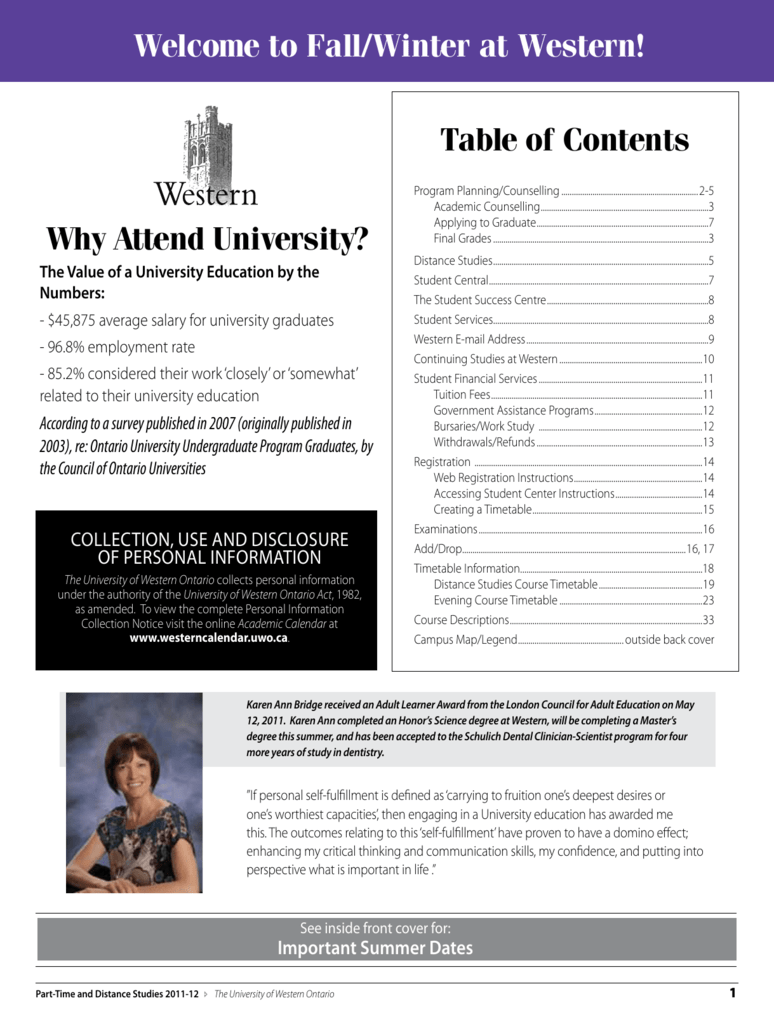

The first is research or knowledge creation. Why are the costs of higher education so high? According to Christensen et al, traditional colleges and universities combine three distinct objectives.
#Wimbla diploma 6 how to#
And if a postsecondary education is fundamentally affordable – meaning lower in cost, not just price – this will also answer the question of how to extend access by enabling students to afford a higher education.” The challenge before the country also mandates a new definition of quality from the perspective of students – so that the education is valuable to them and that through it they improve their lives and thus improve the country’s fortunes, too. Yet changing circumstances mandate that we shift the focus of higher education policy away from how to enable more students to afford higher education to how we can make a quality postsecondary education affordable. “Our country’s dominant higher education policies have focused on expanding access for more than half a century – allowing more students to afford higher education. The new innovation does so by redefining quality in a simple and often disparaged application at first and then gradually improves such that it takes more and more market share over time as it becomes able to tackle more complicated problems.”īefore examining how disruptive innovation might apply to higher education, one needs to first articulate the key problems with the present system:

“Disruptive innovation is the process by which a sector that has previously served only a limited few because its products and services were complicated, expensive, and inaccessible, is transformed into one whose products and services are simple, affordable, and convenient and serves many no matter their wealth or expertise. It is nicely summarized in the Disrupting College report: In his seminal book, The Innovator’s Dilemma, Professor Christensen articulated his theory of disruptive innovation. Harvard Business School professor Clay Christensen is one of the world’s foremost experts in strategy and innovation. The report is written by Clayton Christensen, Michael Horn, Louis Caldera and Louis Soares. We need to look at higher education through the lens of disruptive innovation, argues a report published last February, – Disrupting College: How Disruptive Innovation Can Deliver Quality and Affordability to Postsecondary Education. Incremental steps will not make much of a dent on the problem.

Government education budgets are under huge pressure at all levels, – local, state and national. The financial crisis has been aggravating the situation, at both public and private institutions. Many educational institutions are facing financial difficulties. Tuition costs have risen much faster than the rate of inflation and keep going up, thus making it harder for them to serve the students most in need of their services. However, our colleges and universities, the very institutions to which the country should turn to help us address these increased educational demands, are facing problems of their own. Thus, we need to significantly increase the number of students receiving post-secondary education. Those with higher educational attainments will be in the best position to obtain good jobs with good pay. Workers without a post-secondary education face a contracting set of job opportunities.
.jpg)
Just about every such study points to a similar trend: for the foreseeable future, the US economy will need better educated workers with specific skill requirements. It also projects a continuing shortage of workers with technical and health care skills not necessarily requiring a college degree. The report projects that if economic conditions improve, there will be a shortage of 1.5 million workers with college degrees by 2020, but a surplus of almost 6 million of workers with no high school degree. Moreover, while the overall unemployment rate remains over 9 percent, a recent McKinsey report found that employers are having trouble filling specific positions because they could not find applicants with the right skills. The attached article is of great interest for understanding our future student pains and keep an eye on the importance of “on-line-blended education” to keep innovation high and costs low: data refer to the US but I suspect there could be a lot of similarities with the European environment.Ī glance at the latest US employment figures from the Bureau of Labor Statistics reveals sharp differences in unemployment rates by educational attainment: college degree or higher: 4.3% associate degree or some college: 8.2% high school graduates, no college: 9.6% and no high school diploma: 14.3%.


 0 kommentar(er)
0 kommentar(er)
